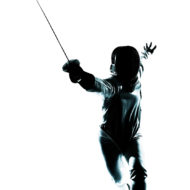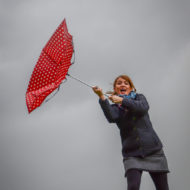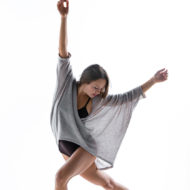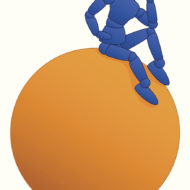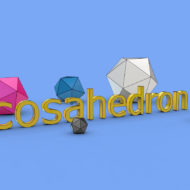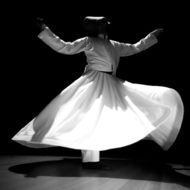
The magical powers of movement fascinated Laban. Two anecdotes recounted in his autobiography highlight his keen interest – the first was observing a folk dance meant to make warriors immune to wounds; the second was witnessing Sufi rituals in which dancers actually stabbed themselves but the wounds closed immediately. Laban mused, “Belief in a magic that conquers nature was surely just foolishness, a childish superstition – but even so, wasn’t there something great, something immense hidden behind it?”
This reflection, or perhaps quest, is reflected in many of Laban’s theoretical writings, where he hints at the spiritual value and transcendental power of movement. … Read More


